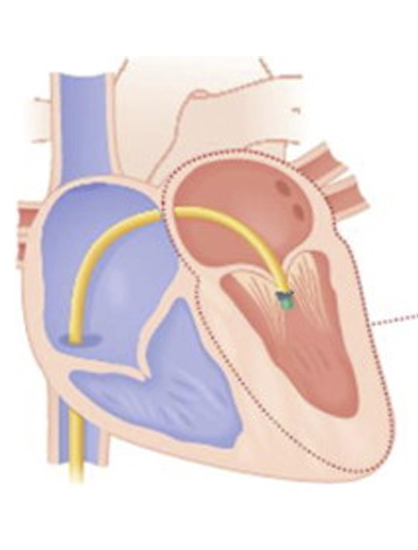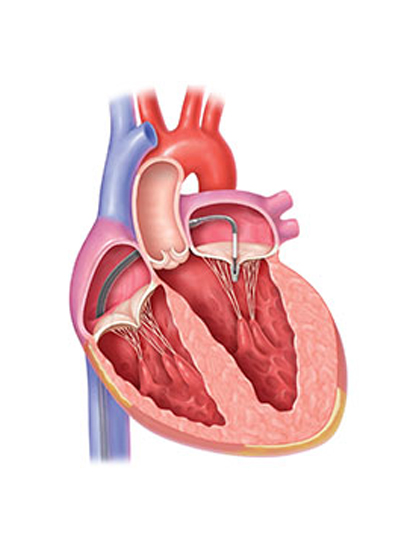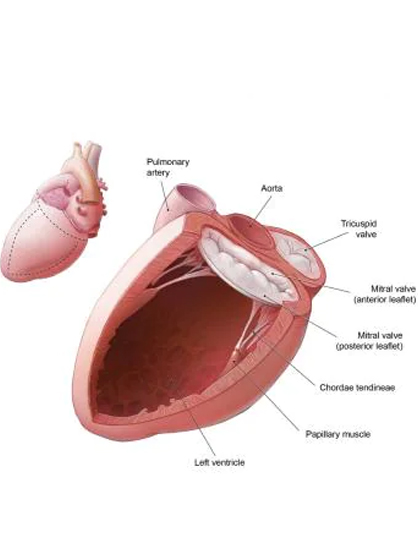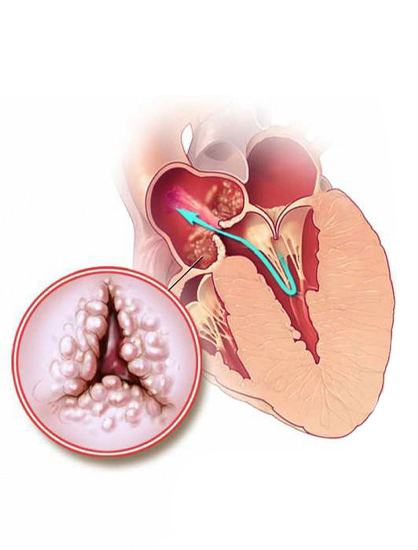
PERCUTANEOUS VALVE
Percutaneous treatments are available for treating patients with aortic or mitral valve disease. It is a minimally invasive procedure repair or replace the disease heart valve without removing the damaged one. The new valve is delivered to the beating heart through the catheter that is inserted under the skin in to the blood vessel (known as percutaneous or endovascular access) and guided through to the heart. These procedures are usefull for treating patients with who cannot undergo surgery, who have had surgery that failed and treatments include TAVI, MitralClip and Balloon valvuloplasty.


Types of
Valves
Tricuspid valves
Pulmonary valves
Mitral valve
Aortic valve

Treatment
Conditions
Aortic valve Disease
Transcatheter Aortic Valve Replacement
When a damaged aortic valve cannot be repaired or replaced surgically, an artificial valve made of animal tissue and metal mesh can be implanted via catheter.


Mitralclip
A mitral valve that leaks because it does not close properly (regurgitation), a small, clothespin-like clip implanted via catheter can help the valve to seal more tightly.
Ballon Valvuloplasty
If a heart valve is narrow or stiffened, a balloon on the end of the catheter can be inflated to push the valve open and allow more blood through.


